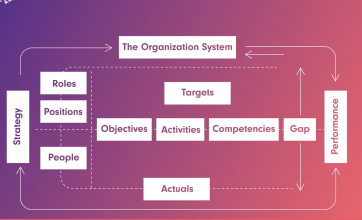Addressing organizational challenges in the UK Civil Service
Orgvue Sales Director Mike Smith discusses managing disruption and difficulties in organizational planning within the UK Civil Service.
More resources

2nd edition of the most definitive step by step guide to organization design to give you a comprehensive, end-to-end method for making confident decisions.

Discover how we can transform your agile organization and help your company adapt to a fast-paced changing environment in 30 minutes.

Learn why putting organizational design into practice is harder than it seems but is the key to continuous business performance gains. This article explains how to make your design real by pairing up micro-level design with workforce planning.

Real stories on how tech has helped organizations to model for change
